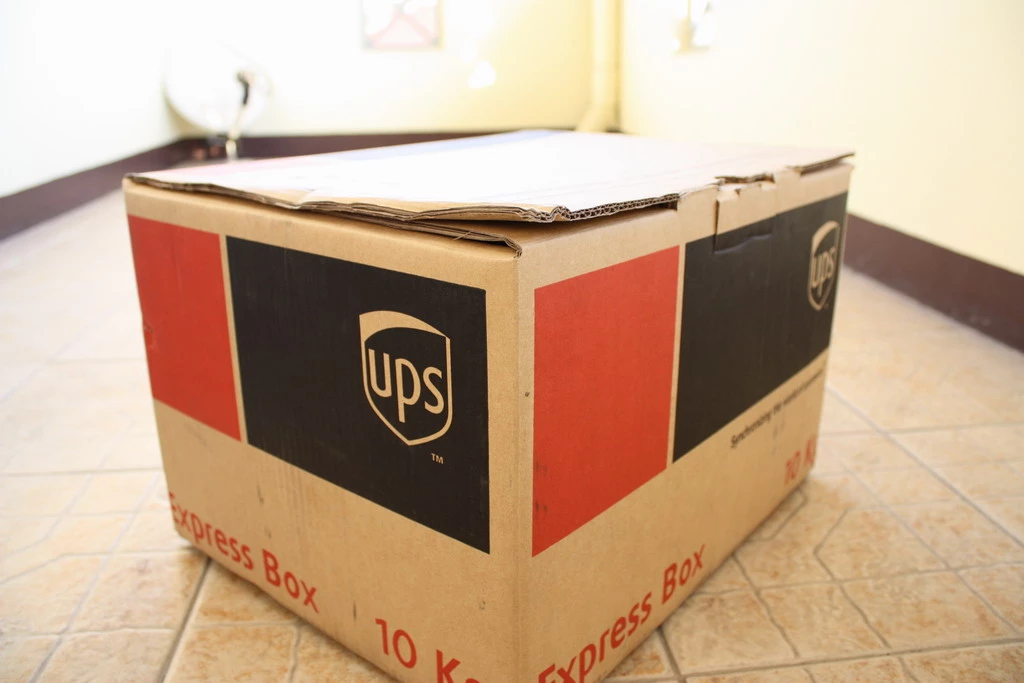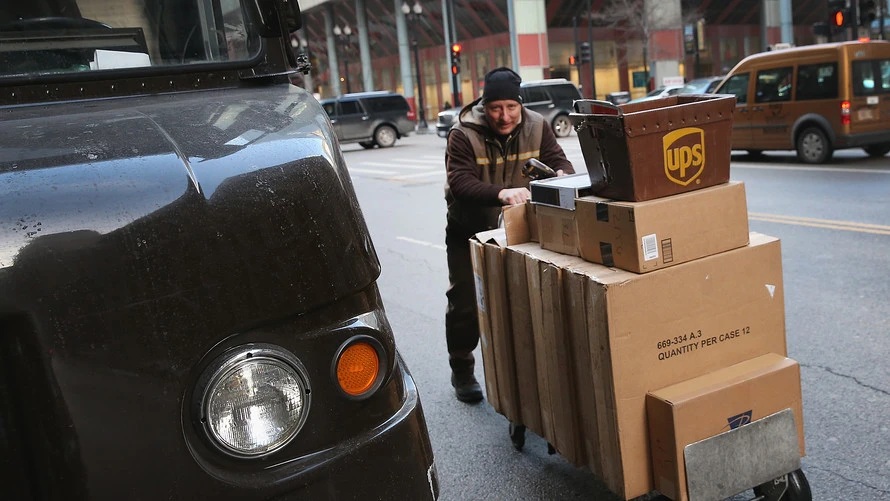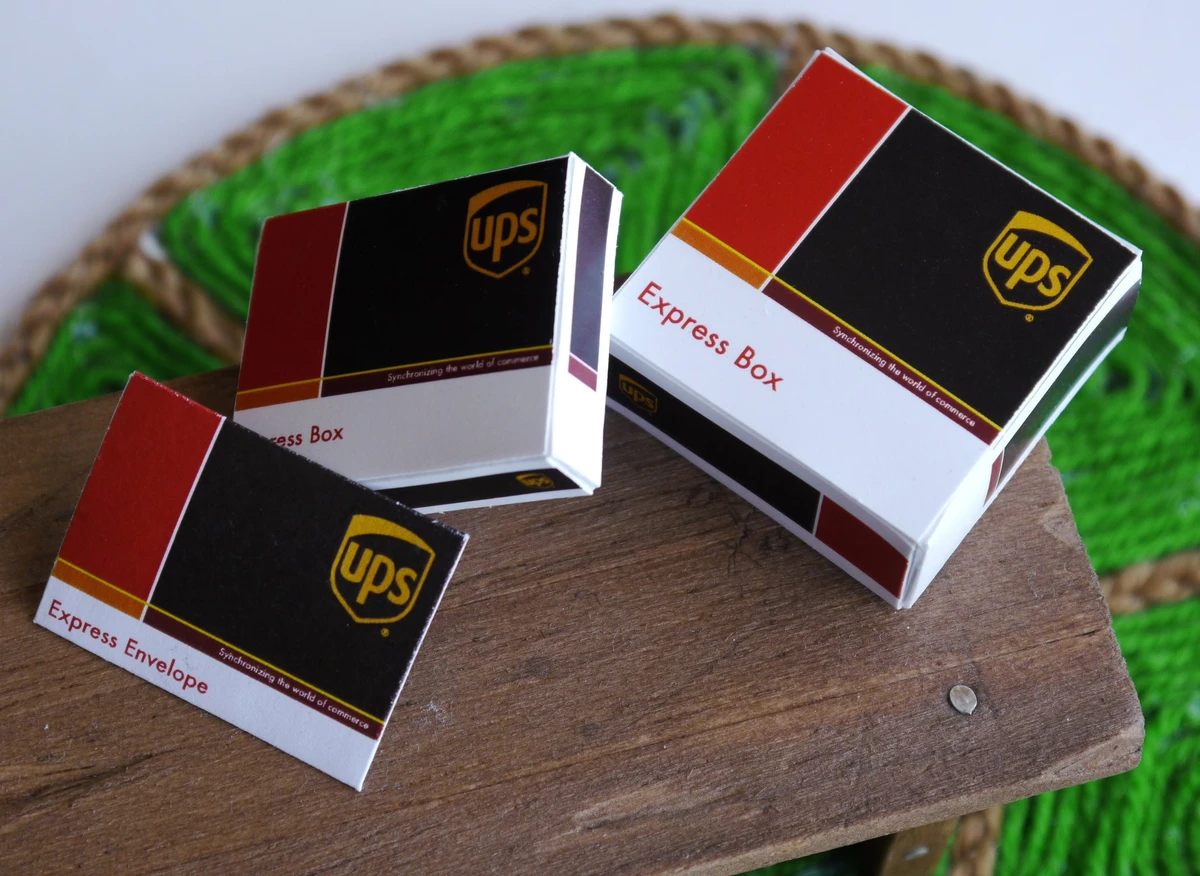Ups Boxes: Choosing the Right Box for Shipping
While there are a range of UPS boxes to choose from choosing the right box ensures that your items are protected throughout the shipping process, reducing the risk of damage and ensuring customer satisfaction.

Ups Boxes: Choosing the Right Box for Shipping
Proper packaging is crucial for ensuring that your products arrive intact. The right box provides structural support, absorbs shocks during transit, and minimizes the risk of items shifting or breaking.
By investing in suitable packaging materials, you demonstrate your commitment to delivering high-quality products and creating a positive impression on your customers.
READ ALSO!!!
- UPS Shipping Insurance
- What is UPS Next Day Air Saver?
- UPS LTL Freight Shipping Basics
- Cheapest Way to Ship Golf Clubs with UPS
- Ups Shipping Prices
Benefits of Choosing the Right Box for Shipping
UPS boxes offer several advantages over generic alternatives. They are specifically designed to withstand the rigors of shipping and have undergone rigorous testing to ensure their durability.
1. Superior Protection
One of the primary advantages of using UPS boxes is the superior protection they provide. These boxes are made from high-quality materials that are specifically engineered to withstand the rigors of shipping.
With their reinforced corners and double-layered walls, UPS boxes offer excellent resistance against impacts, ensuring that your items remain intact and undamaged throughout their journey.
2. Customizability
UPS boxes offer a high degree of customizability, allowing you to select the box size that best suits your shipment’s needs.
Whether you’re shipping small, fragile items or large, bulky products, there’s a UPS box size for every requirement.
By choosing the right-sized box, you can minimize excess space, reducing the risk of movement and potential damage during transit.
3. Secure Closure
When it comes to shipping, ensuring that the package remains securely closed is crucial. UPS boxes feature self-locking tabs or adhesive strips that provide tight and secure closure.
This prevents the box from accidentally opening during transportation, keeping your items safe and secure until they reach their destination.
4. Water and Moisture Resistance
Another significant benefit of UPS boxes is their resistance to water and moisture. These boxes are often treated with a protective coating that repels water, preventing it from seeping inside the package and potentially damaging the contents.
This feature is particularly useful when shipping items that are sensitive to moisture, such as electronics or delicate documents.
5. Easy Labeling and Identification
UPS boxes are designed with labeling and identification in mind. They typically come with a smooth surface that allows for easy application of labels, stickers, or markings.
This ensures clear visibility of important shipping information, such as addresses, tracking numbers, and handling instructions.
With proper labeling, you can minimize the risk of misdelivery and enhance the overall efficiency of the shipping process.
6. Cost-Effective Shipping
Shipping costs can quickly add up, especially when you need to ship multiple items or send packages frequently.
UPS boxes can help you optimize your shipping expenses by offering standardized sizes that fit within the carrier’s dimensional weight guidelines.
By maximizing the use of available space and minimizing dimensional weight charges, you can save money on shipping costs in the long run.
7. Eco-Friendly Packaging
In today’s environmentally conscious world, using eco-friendly packaging solutions is becoming increasingly important. UPS boxes are made from recyclable materials, making them an eco-friendly choice for shipping.
By opting for UPS boxes, you contribute to sustainable practices and help reduce the environmental impact associated with packaging waste.
Types of UPS Boxes

UPS offers a wide selection of box options, catering to various shipping requirements. Here are the main types of UPS boxes available:
1. Standby UPS
Standby UPS, also known as Offline UPS, is one of the most common types of UPS boxes. It provides basic protection against power interruptions by switching to battery power when the utility power fails.
The Standby UPS typically monitors the incoming voltage and switches to battery power within milliseconds of a power loss.
It is suitable for applications where the power outage is infrequent and the connected equipment can tolerate a short delay before the battery power kicks in.
2. Line-Interactive UPS
The Line-Interactive UPS is designed to handle a broader range of power problems compared to the Standby UPS.
It incorporates an automatic voltage regulator (AVR) that adjusts the incoming voltage to a consistent level, providing protection against both low and high-voltage conditions.
The Line-Interactive UPS also features battery backup capability, similar to the Standby UPS, and offers a seamless transition to battery power during power outages or fluctuations.
It is commonly used for desktop computers, small servers, and network equipment.
3. Online UPS
The Online UPS, also known as Double Conversion UPS, provides the highest level of protection and continuous power supply.
Unlike the Standby and Line-Interactive UPS, the Online UPS supplies power to the connected devices through its battery and inverter at all times.
The incoming AC power is continuously converted to DC power, which charges the battery and supplies the converted AC power to the connected devices.
This design eliminates any transfer time during power disruptions and ensures a seamless and uninterrupted power supply.
Online UPS units are commonly used in critical applications such as data centers, hospitals, and industrial facilities.
4. Modular UPS
Modular UPS systems are scalable and flexible solutions that allow users to add or remove power modules based on their requirements.
These UPS systems are composed of independent power modules that work together to provide the desired power capacity.
The modular design offers increased reliability and redundancy since the failure of one module does not result in a complete power outage.
Modular UPS systems are commonly used in large-scale data centers, telecommunications facilities, and other mission-critical applications where high availability is paramount.
5. Rack-Mount UPS
Rack-Mount UPS units are designed to fit into standard server racks or cabinets, making them ideal for IT environments with limited floor space.
These UPS systems can be easily integrated into existing rack setups and offer protection for the connected equipment, including servers, networking devices, and storage systems.
Rack-Mount UPS units come in various form factors, such as 1U, 2U, and 3U, to accommodate different rack sizes and power requirements.
Selecting the Right UPS Box

Choosing the appropriate UPS box for your shipment is essential for effective packaging. Consider the following factors when selecting a UPS box:
1. Consider the Size and Weight of Your Item
Measure your item accurately and choose a box that provides a snug fit without excessive empty space.
Opting for a box that matches the weight of your item ensures that it can withstand the pressures of shipping.
2. Evaluate Fragility and Vulnerability
Assess the fragility and vulnerability of your product. If it is susceptible to damage or breakage, opt for a UPS box that offers enhanced protection, such as a specialty box with additional padding or shock-absorbing features.
3. Assess Special Handling Requirements
Certain items may require special handling due to their nature, such as hazardous materials or perishable goods. In such cases, consult UPS guidelines and select the appropriate box that meets the specific requirements.
4. Take into Account the Shipping Destination
Consider the distance and transportation methods involved in shipping your item. If it’s an international shipment or a long-distance delivery, choose a box that provides superior durability to withstand the extended journey.
5. Consider Cost and Environmental Factors
Evaluate the cost implications of different UPS boxes and balance them against your budget. Additionally, take into account environmental considerations by opting for eco-friendly packaging materials whenever possible.
READ ALSO!!!
- Dealing With UPS Shipment Exceptions
- Ups Pickup Options
- UPS Worldwide Saver
- FedEx vs UPS: Shipping Carrier Comparison
Packing Tips for UPS Boxes

To optimize the packing process and ensure the safety of your items during transit, keep the following tips in mind:
1. Choosing the Right Box
The first step in proper packing is selecting the right box for your shipment. Follow these guidelines when choosing a box for your UPS shipment:
- Opt for a new or sturdy box that can withstand the rigors of shipping.
- Use a box that is slightly larger than your item to allow room for cushioning materials.
- Ensure the box is in good condition, with no tears, dents, or signs of wear.
2. Using Quality Cushioning Materials
Proper cushioning materials are essential for protecting your items from damage. Consider the following options:
I. Bubble Wrap: Wrap delicate items individually in bubble wrap to provide a protective layer against impact.
II. Packing Peanuts: Fill the empty spaces inside the box with packing peanuts to prevent movement during transit.
III. Foam Inserts: Utilize foam inserts for fragile items to ensure they remain securely in place.
3. Securing the Contents
To prevent items from shifting and potentially getting damaged during transit, follow these steps:
- Use strong tape to seal the box securely, ensuring all flaps are closed.
- Shake the box gently after sealing to check for any movement.
- If you hear or feel movement, add more cushioning material to fill the void.
4. Labeling and Addressing
Proper labeling and addressing are crucial for efficient delivery. Here’s what you need to know:
- Clearly write the recipient’s address on the box using a permanent marker.
- Include a return address in case the package needs to be returned or if there are any delivery issues.
- Consider using an additional label with the recipient’s address on the inside of the box as a backup.
5. Shipping Fragile Items
Shipping fragile items requires extra care to ensure they arrive intact. Here are some additional tips for shipping fragile items with UPS:
- Indicate “Fragile” on the box using bright, easy-to-identify labels.
- Use double-boxing for extremely delicate items, placing the inner box inside a larger, cushioned outer box.
- Add clear instructions for the carrier, such as “This Side Up” or “Handle with Care.”
6. Packaging Liquids
Shipping liquids can be challenging, but with the right techniques, you can do it safely. Follow these guidelines:
- Use leak-proof containers specifically designed for shipping liquids.
- Seal the containers tightly and place them inside sealable plastic bags to prevent leaks.
- Ensure the containers are properly cushioned to prevent breakage during transit.
Conclusion
Choosing the right UPS box for shipping is a crucial step in ensuring the safe and secure delivery of your products.
By considering factors such as size, fragility, special handling requirements, and shipping destination, you can select a box that offers optimal protection.
Remember to pack your items carefully, utilizing appropriate cushioning materials and secure sealing. With UPS boxes, you can enhance the professionalism of your shipments and provide a positive customer experience.
